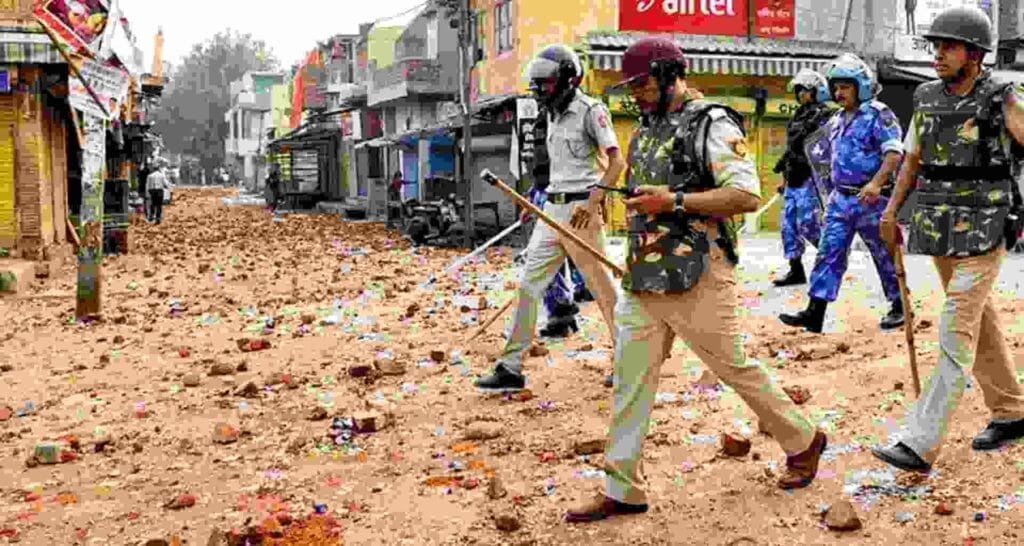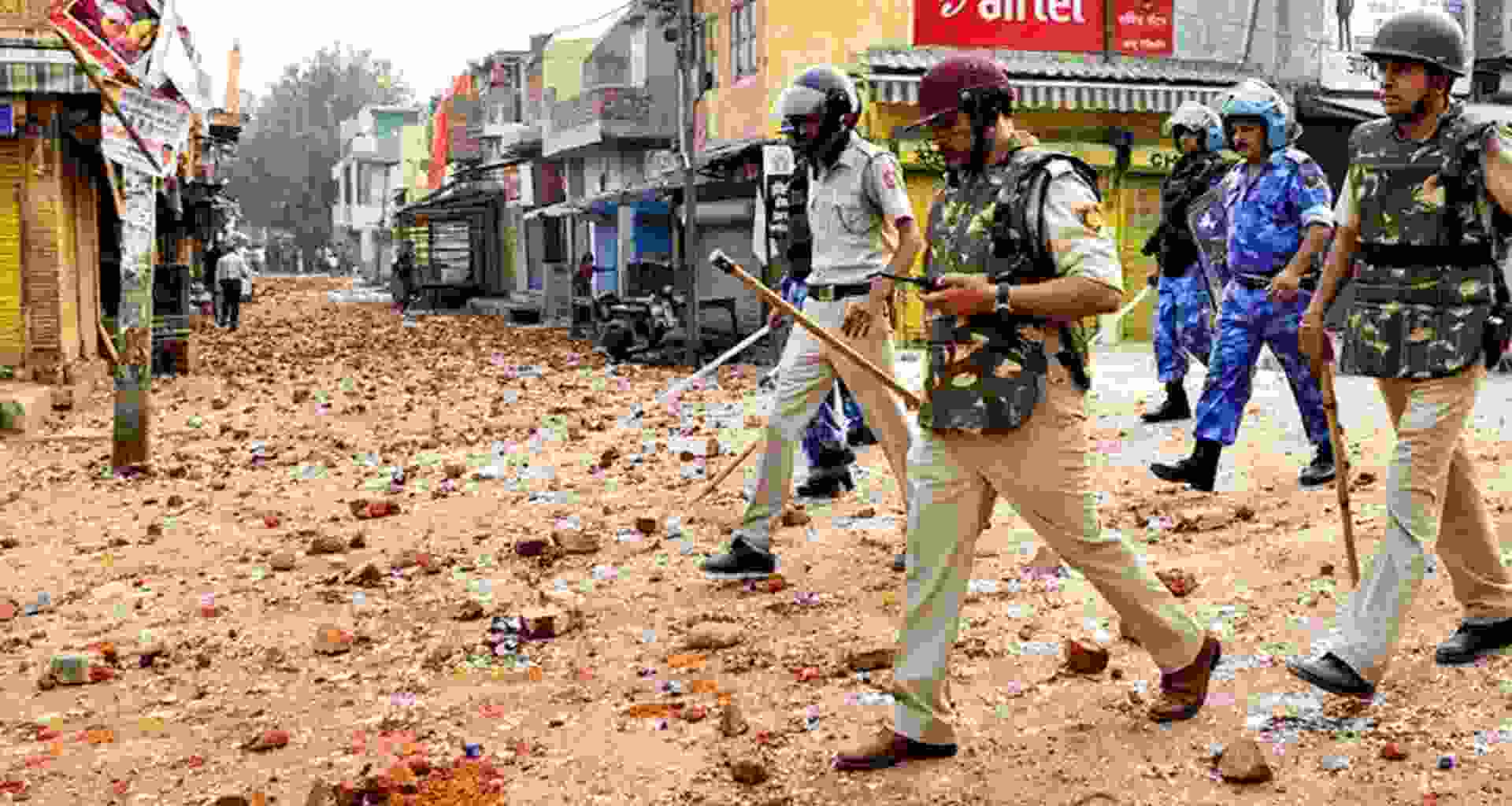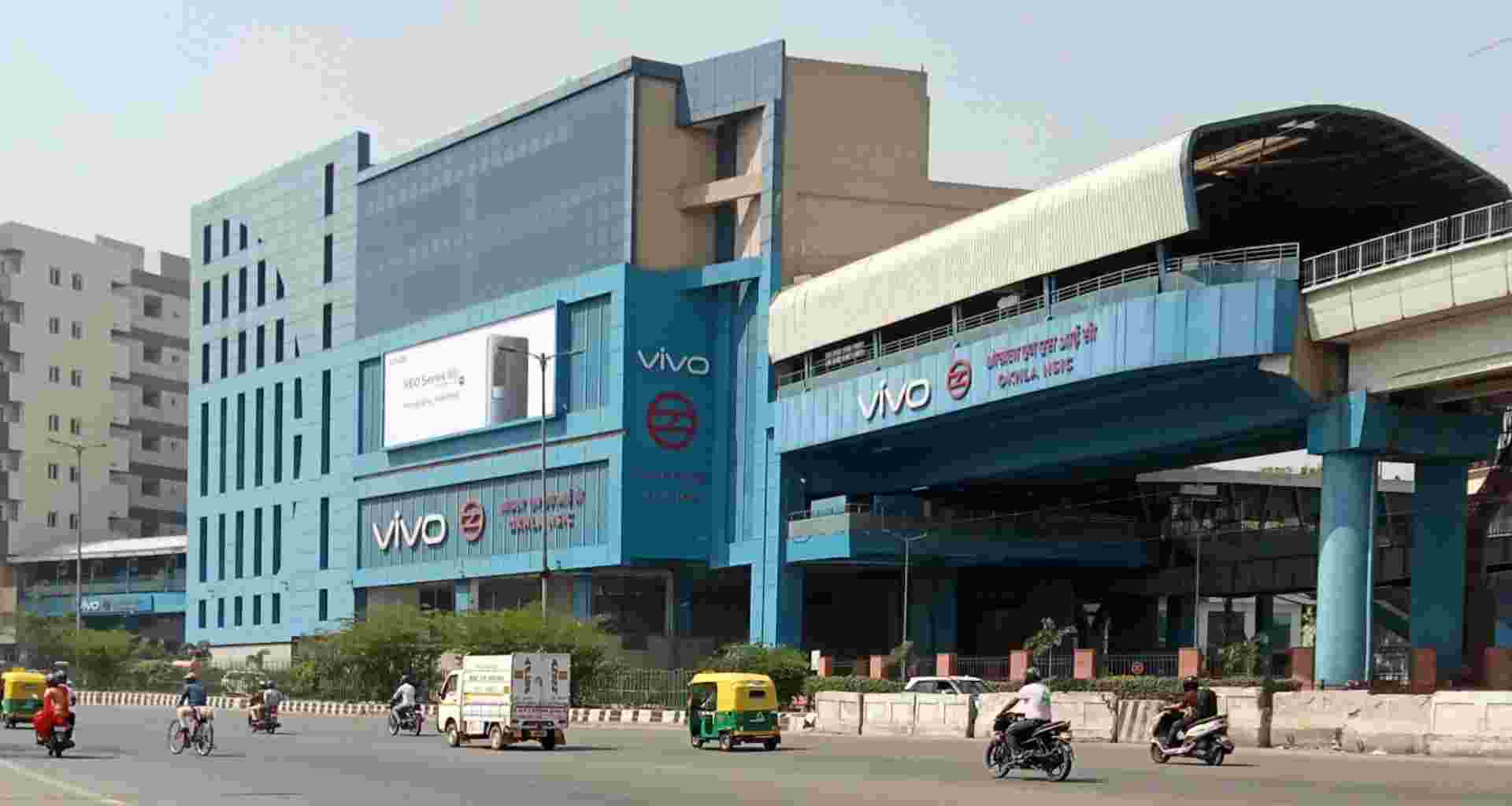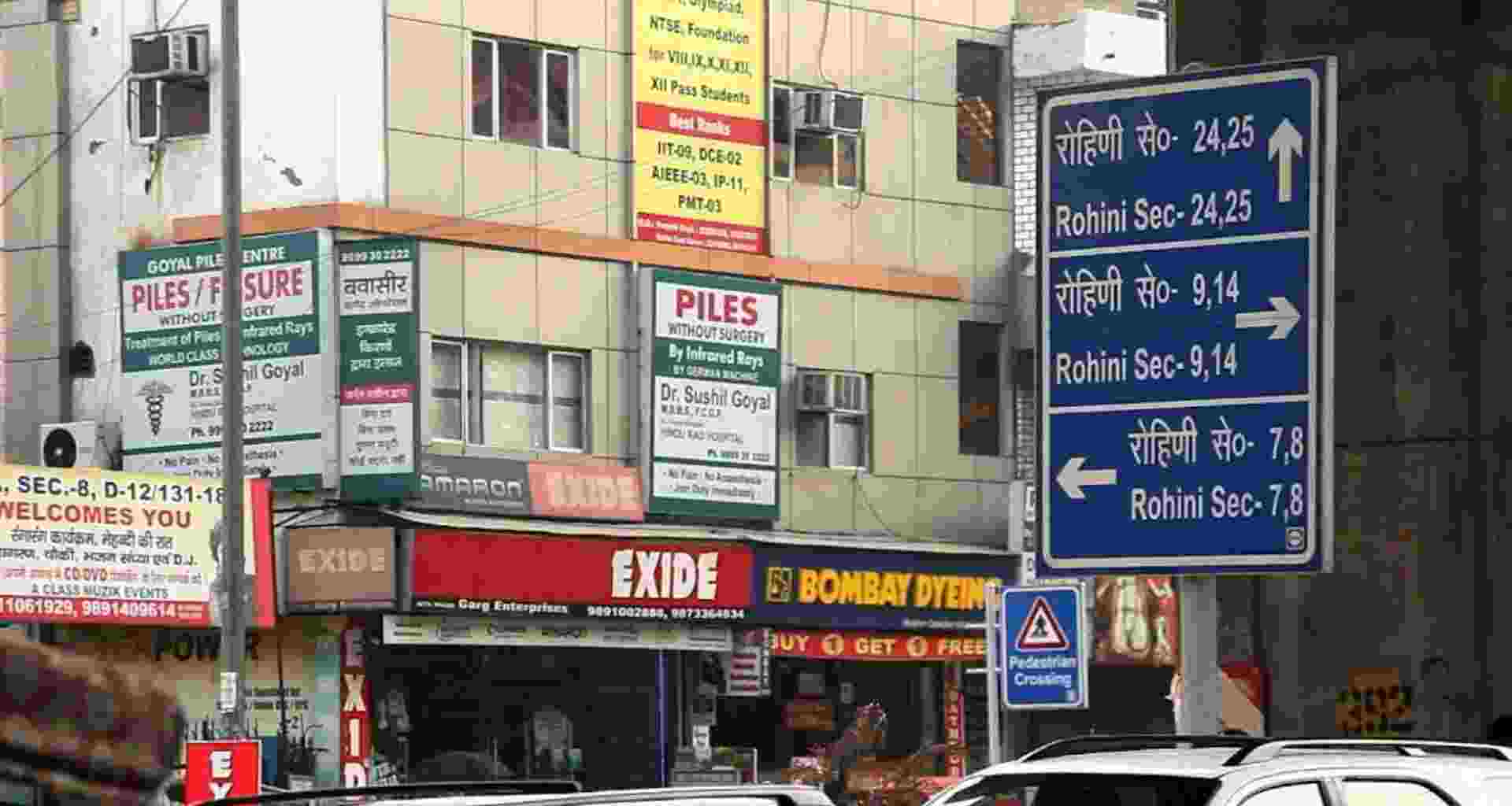Trilokpuri, a prominent assembly constituency in East Delhi, has been at the heart of Delhi’s evolving political scenario. Known for its rich history and diverse voter base, this constituency has witnessed major political shifts over the years. With a mix of urban and rural influences, Trilokpuri is more than just a seat in the Delhi Legislative Assembly. It’s a battleground where parties vie for power, and the people’s voice echoes through every election. (Trilokpuri Assembly Constituency)
Constituency Overview
Trilokpuri is one of the 70 assembly constituencies in Delhi, situated in East Delhi district. Known as a resettlement colony, Trilokpuri holds significant importance in the political fabric of Delhi. Established after slums were cleared in 1975-76, this locality continues to be a symbol of resilience and struggle.
This constituency falls under the jurisdiction of the East Delhi Lok Sabha seat and has seen various political upheavals. As a Scheduled Caste (SC) constituency, it reflects a unique demographic blend, shaping the electoral choices and outcomes.
Electoral History: A Roller Coaster of Changes
Trilokpuri’s political history is anything but ordinary. From Congress dominance to AAP’s growing influence, this constituency has seen it all. Each election tells a different story, reflecting the changing political dynamics of Delhi.
Trilokpuri Assembly Constituency Election Results
Trilokpuri Elections Result 2025
| Candidate Name | Party | Votes | Vote Change | Status |
|---|---|---|---|---|
| RAVI KANT | Bharatiya Janata Party | 58,217 | +392 | Won |
| ANJANA PARCHA | Aam Aadmi Party | 57,825 | -392 | Lost |
| AMARDEEP | Indian National Congress | 6,147 | -52,070 | Lost |
| VICKY | Aazad Samaj Party (Kanshi Ram) | 1,681 | -56,536 | Lost |
| NAND LAL | Bahujan Samaj Party | 1,322 | -56,895 | Lost |
| NAVEEN RAM | Independent | 272 | -57,945 | Lost |
2020 Delhi Assembly Elections:
| Party | Candidate | Votes | % | ±% |
|---|---|---|---|---|
| AAP | Rohit Kumar Mehraulia | 69,947 | 52.36% | −6.26 |
| BJP | Kiran Vaidya | 57,461 | 43.01% | +7.68 |
| INC | Vijay Kumar | 3,262 | 2.44% | −0.80 |
| BSP | Raghu Raj Singh | 1,224 | 0.92% | −0.81 |
| NOTA | None of the Above | 590 | 0.44% | +0.08 |
| Majority | 12,486 | 9.38% | −13.91 | |
| Turnout | 1,33,694 | 66.67% | −5.04 |
The 2020 election marked a significant shift for AAP, with Rohit Kumar Mehraulia securing a comfortable win. Despite a decline in vote share, AAP managed to retain the seat.
2015 Delhi Assembly Elections:
| Party | Candidate | Votes | % | ±% |
|---|---|---|---|---|
| AAP | Raju Dhingan | 74,907 | 58.62% | +19.69 |
| BJP | Kiran Vaidya | 45,153 | 35.33% | +12.02 |
| INC | Brahm Pal | 4,149 | 3.24% | −14.22 |
| BSP | Dr. Girish | 2,217 | 1.73% | −12.49 |
| NOTA | None of the Above | 467 | 0.36% | −0.23 |
| Majority | 29,754 | 23.29% | +7.67 | |
| Turnout | 1,27,802 | 71.71% |
In 2015, AAP’s Raju Dhingan achieved a remarkable victory, increasing the party’s vote share and securing a landslide win against BJP.
2013 Delhi Assembly Elections:
| Party | Candidate | Votes | % | ±% |
|---|---|---|---|---|
| AAP | Raju Dhingan | 44,082 | 38.93% | |
| BJP | Sunil Kumar | 26,397 | 23.31% | −13.97 |
| INC | Harnam Singh | 19,774 | 17.46% | −19.05 |
| BSP | Vijay Pal | 16,099 | 14.22% | −9.30 |
| Independent | Jagdeesh Prasad | 4,175 | 3.69% | |
| Majority | 17,685 | 15.62% | +14.85 | |
| Turnout | 1,13,279 | 69.10% |
AAP’s rise began in 2013, as Raju Dhingan made his mark, gaining significant traction among voters.
Historical Trends: The Shifting Dominance
Trilokpuri has seen a fascinating transition of power between major political parties. Initially, Congress had a solid hold, but in recent years, the constituency has witnessed the emergence of AAP as a dominant force. The 2020 elections saw AAP fend off challenges from BJP, securing a victory despite the rise in BJP’s vote share.

| Year | Party Leading | AAP | BJP | INC | BSP |
|---|---|---|---|---|---|
| 2025 | |||||
| 2020 | AAP | 52.36% | 43.01% | 2.44% | 0.92% |
| 2015 | AAP | 58.62% | 35.33% | 3.24% | 1.73% |
| 2013 | AAP | 38.93% | 23.31% | 17.46% | 14.22% |
| 2008 | BJP | 37.28% | 36.51% | 0.81% | 23.52% |
| 2003 | INC | 39.82% | 30.47% | 20.97% | 3.47% |
| 1998 | INC | 43.79% | 34.66% | 18.02% | 9.24% |
| 1993 | INC | 37.26% | 31.30% | 21.07% | 8.78% |
Trilokpuri Assembly Constituency Demographic Breakdown
Trilokpuri’s voter base is as diverse as it is powerful. With significant communities, the constituency is influenced by various social groups. The voter percentage of Muslim and Singh communities, each at 11.9%, demonstrates the strong impact of these demographics on election results.
| Community Name | Voter Count | Percentage |
|---|---|---|
| Muslim | 22,850 | 11.9% |
| Singh | 22,846 | 11.9% |
| Kumar | 16,095 | 8.4% |
| Lal | 10,402 | 5.4% |
| Ram | 7,330 | 3.8% |
| Chand | 4,938 | 2.6% |
| Sharma | 4,907 | 2.6% |
| Prasad | 3,787 | 2% |
The significant percentage of various communities is reflective of the changing political dynamics, with each election shaping the outcome based on these diverse segments.
Conclusion – Trilokpuri Assembly Constituency
The Trilokpuri assembly constituency stands as a testament to the evolving political landscape of Delhi. With each election, the constituents’ voice grows stronger, and their expectations become clearer. The changing political allegiances and increasing voter turnout signify a shift toward more active participation in governance.
As we look ahead to the 2025 Delhi Assembly elections, Trilokpuri is poised to play a critical role. With new faces emerging and parties redefining their strategies, the future remains uncertain but undoubtedly exciting for this vibrant constituency.



